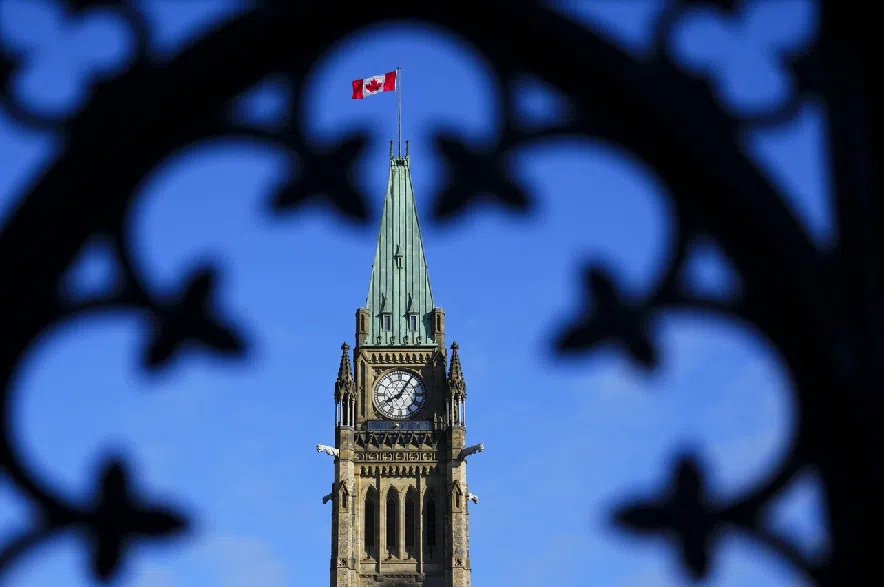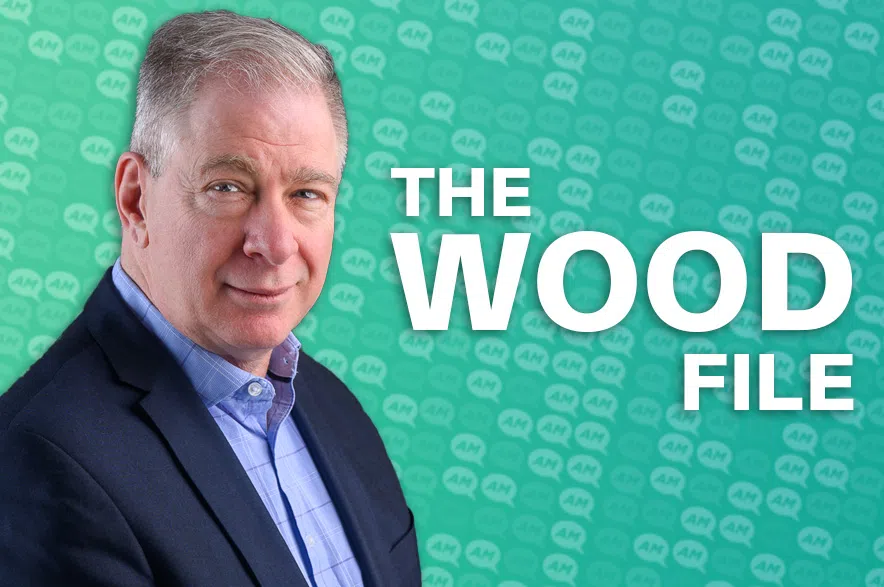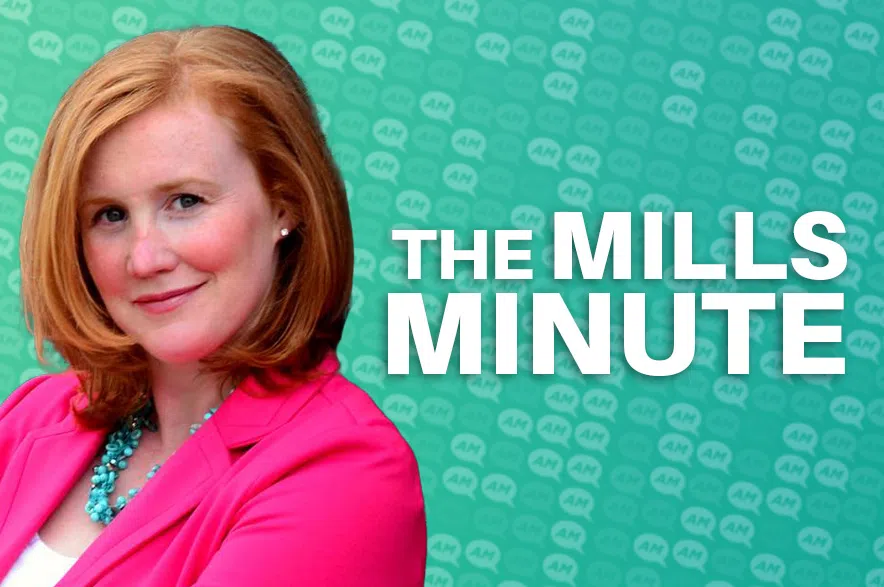Representatives from the government, SARM, the oil and gas industry, business and education sectors shared their thoughts on Prime Minister Mark Carney’s federal budget announced Tuesday.
This year’s budget contains a deficit nearly twice the size forecast by the Liberals a year ago, as Prime Minister Mark Carney’s government prioritizes capital project spending over programs and services.
Read more:
- Carney’s first budget gets mixed marks from Saskatchewan economics professor
- Carney says budget built for a ‘crucial time’ of global trade disruption
- First look at budget disappoints Sask. producers association, business expert
The budget tabled Tuesday projects a $78.3-billion total deficit — the amount of money spent by the government beyond its revenues — for this fiscal year. The figure would steadily decrease to $56.6-billion by 2029-30.
In an interview with the Evan Bray Show, University of Regina economics professor Jason Childs noted “Saskatchewan” was mentioned nine times in the nearly 500-page budget document.
Provincial government want more details
There are some good and some concerning parts in the federal government’s budget, according to Saskatchewan’s Finance Minister, but he’s also looking for more detail.
Minister Jim Reiter says the size of the federal deficit is concerning, though understandable.
“We’re in a situation in the world today where economic headwinds are affecting revenues, I think, of all jurisdictions, so obviously that’s impacting the federal government,” Reiter said.
He’s happy to see the infrastructure program, though he’d like to see more details about it. He said if it ended up sharing the cost of projects between all three levels of government equally, the Government of Saskatchewan would be in for it.
“If that’s the case, there is a long waiting list with municipal governments right across the whole spectrum of projects that they’d like to see,” Reiter said.
The industrial carbon tax is still in the mix, but Reiter said discussions have been happening with the federal government and he’s optimistic something will happen on that front in the next little while.
There were a number of points Reiter said the province is looking for more detail on.
“Our officials are reaching out to federal officials, like (what) always happens after the budget, to get more details,” he explained.
Budget cuts ag support, leaves rural communities underfunded: SARM
Saskatchewan Association of Rural Municipalities (SARM) president Bill Huber said the new federal budget continues to leave the prairies behind.
“The federal government has neglected Western Canada in the last 10 years, and it’s their turn to step up and support Western Canada,” he said.

SARM president Bill Huber speaks to reporters after addressing the federal budget at the association’s midterm convention in Regina on Wednesday. (Jacob Bamhour/980 CJME)
Huber said the $ 78-billion-dollar deficit plan offers little for farms or rural municipalities and even trims more than $100 million from agricultural spending.
“It was disappointing to see that there’s a $112 million decrease in agriculture spending when we should be increasing that budget,” he added.
He points to the Rural Municipality of Connaught, where he said 42 bridges need repair, as proof rural Saskatchewan needs more federal investment.
Budget provides ‘nearly nothing’ for the oil sector
Pipeline Online editor Brian Zinchuk said Saskatchewan’s oil industry gained little from the 2025 federal budget.
“There wasn’t a lot specifically for the oil sector,” he said. “One more significant thing is that we’ll probably get rid of this oil and gas emissions cap because we’re going to really enforce the industrial carbon tax.”
He calls Ottawa’s “industrial carbon-pricing system” nothing more than a rebrand.
“That phrase just used is just another way of saying carbon tax,” Zinchuk said.
Zinchuk warns the policy lets Ottawa step in even if Saskatchewan decides not to enforce the regulations. He argues that ignoring enhanced oil coverage shows an “ideological blind spot.”
AI and productivity
The budget allots $334.3 million to strengthen Canada’s quantum ecosystem. The money will be provided through the Defence Industrial Strategy over five years.
The emerging technology uses the principles of quantum mechanics for applications like computing.
The budget also sets aside money to build large-scale sovereign public AI infrastructure.
Dr. Devan Mescall called the 2025-26 federal budget a “massive document.” Mescall is the Edwards enhancement chair for the Edwards School of Business at the University of Saskatchewan.

Dr. Devan Mescall pointed out that there were 15 different funds introduced in the budget, everything from a strategic response fund to a foreign credit recognition fund. (Edwards School of Business)
On the Evan Bray Show on Wednesday, Mescall pointed out that there were 15 different funds introduced in the budget, everything from a strategic response fund to a foreign credit recognition fund. He said it looks like they’re directed to things the country needs.
“But the question becomes, can the government convert just a pot of money into actual value for the economy and the citizens?” he said.
Mescall said a lot of the budget, including some of those funds, relies on other levels of government or organizations, like health care and housing.
“We’ll probably see some disparity across the country where some regions are able to have the right take, get their hands on the money and then use it in a different way,” he explained.
According to Mescall, the federal government is optimistic in its hopes to raise GDP growth above 3.5 per cent, given the current difficulty in seeing any growth.
He said the government is optimistic about where it sees the tariff situation going, given CUSMA is what’s sheltered the country from worse impacts from the U.S.
Mescall said he’s done a lot of research on Artificial Intelligence (AI) and its effects on economies. He said the economic development initiatives and support for emerging technologies in the budget are essential, but there is an inherent question.
“Can they help create industry and employment here in an economy that uses AI as a really effective and productive tool?” he said.
The support being regional gives Mescall hope, he said local groups know better what’s going on in Saskatchewan.
Missed the mark on housing infrastructure
The housing component of the 2025-26 federal budget has left much to be desired for the Regina and Region Home Builders Association.
The tabled budget seeks to “supercharge” home building to bolster Canada’s home supply, but president and CEO Stu Niebergall said there weren’t enough measures to see this goal through.
“It has been difficult to see how this particular budget is going to have anything meaningful that is going to double Canadian housing starts in this country over the coming years,” Niebergall told 980 CJME on Wednesday.
He added that the budget missed the opportunity to expand GST relief on home buyers.
Additionally, Niebergall said, although the GST relief for first-time home buyers was announced in the spring, it still hasn’t been legislated, stalling new construction and leaving many buyers on the sidelines.
He also said the budget missed the mark a bit in terms of housing infrastructure, something that affects many across Canada.
“When it comes to the overall budget, I’m not really sure yet how to rank it, but I think overall when it comes to housing, if we were to grade this, it’s a C,” Niebergall said.
—with files from 980 CJME’s Jacob Bamhour, Daniel Reech and Lisa Schick











